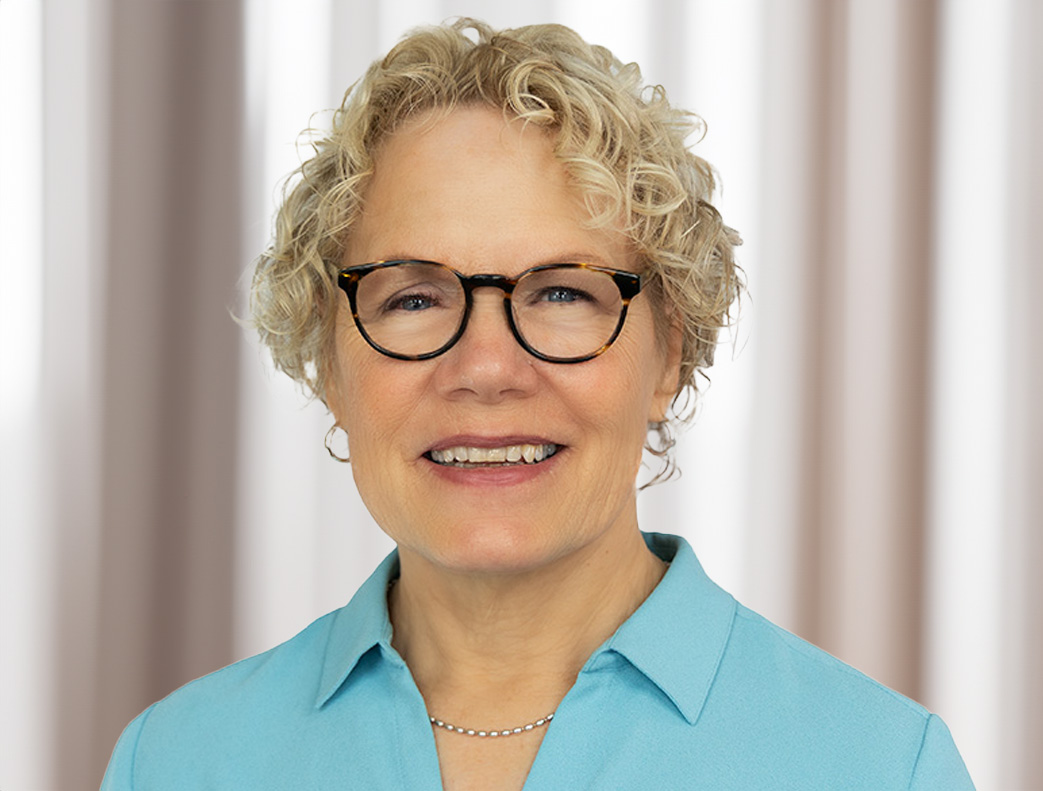Each year in August, we celebrate National Health Center Week (August 3-9)—a time to reflect on the vital role that Community Health Centers (CHCs) play in our towns, cities, and rural communities.
 By Mary Zelazny, CEO, Finger Lakes Community Health
By Mary Zelazny, CEO, Finger Lakes Community Health
This year is especially meaningful, as we mark the 60th anniversary of the very first community health center in the United States. Over the past six decades, these centers have become a trusted source of care for millions of Americans, including many right here in the Finger Lakes region.
At Finger Lakes Community Health (FLCH), we serve nearly 29,000 patients each year across nine health centers. We offer primary care, dental care, behavioral health services, and additional support. Many of our patients live in rural areas, work long hours, or face barriers like transportation or English isn’t their primary language. About 36% of the people we serve rely on Medicaid for their health coverage—and for many, that coverage is essential to staying healthy.
Who CHCs Serve
Community health centers are designed to serve everyone, regardless of their income or insurance status. Across the country, nearly 32.5 million people—1 in 10 Americans—are patients at a CHC. In New York, the rate is even higher: 1 in 8 residents use a health center for their care.
CHCs reach people who often fall through the cracks of the health care system. In 2023, health centers served: 
- 9.4 million people over age 65
- 3.8 million children
- 419,000 veterans
- 1.4 million people experiencing homelessness
Why Medicaid Matters
Many of our patients rely on Medicaid; in fact, 35% of New Yorkers are covered by this insurance. That includes working families (70% already work), seniors, children, and people with disabilities. Medicaid helps cover doctor visits, medications, mental health services, and long-term care for seniors. In Yates County, about 20% of residents are enrolled in the program. Without it, many people would have no access to care at all.
Unfortunately, the proposed federal cuts to Medicaid will have a serious impact on our region. These include new requirements that would make it harder for people to stay enrolled, such as having to reapply every six months or meet strict work-reporting rules. If these changes go into effect, it’s estimated that millions of people across the country could lose their coverage—including many in our own community.
The Rural Challenge
Rural areas like ours face unique healthcare struggles. There are fewer providers, longer travel distances, and higher rates of chronic conditions like heart disease, diabetes, and mental illness. People in rural communities are more likely to smoke, be obese, or have limited access to a medical or dental provider.
Health centers help fill those gaps, but we are also affected by workforce shortages. Recruiting doctors and dentists to work in rural settings is not easy.
What’s at Stake
If health centers lose funding or Medicaid is cut, the consequences could be significant:
- Reduced services or hours of operation
- Longer wait times
- Site closures
- Increased use of emergency rooms for basic care
- Loss of jobs and economic impact on rural communities
For example, hospitals and nursing homes already struggle with Medicaid reimbursements that don’t cover the full cost of care. In some areas, seniors must now travel hours to find a nursing home that accepts Medicaid. These issues may grow worse with these budget cuts.
Why This Matters
Community health centers are part of the safety net that helps keep our neighbors healthy, our kids in school, and our seniors cared for with dignity. They provide preventive care, manage chronic illnesses, and support people through life’s many challenges. And they do this while saving the healthcare system money—because treating someone early, in a primary care setting, is far more effective than waiting until they end up in the emergency room.
Medicaid plays a critical role in improving people’s lives by providing essential health coverage to low-income individuals and families who would otherwise go without care. By covering preventive services, primary care, hospital visits, medications, and long-term care, Medicaid helps people maintain better health, manage their chronic conditions, and avoid expensive medical emergencies. For children, Medicaid ensures access to developmental screenings, vaccinations, and dental care, setting a foundation for a life of wellness. For seniors and individuals with disabilities, Medicaid offers critical support through home and community-based services that promote independence and dignity. Ultimately, Medicaid is a vital program that contributes to healthier, more economically stable communities.
At Finger Lakes Community Health, we are proud to care for our communities, and with your continued support, we’ll be here, with you, for decades to come.


